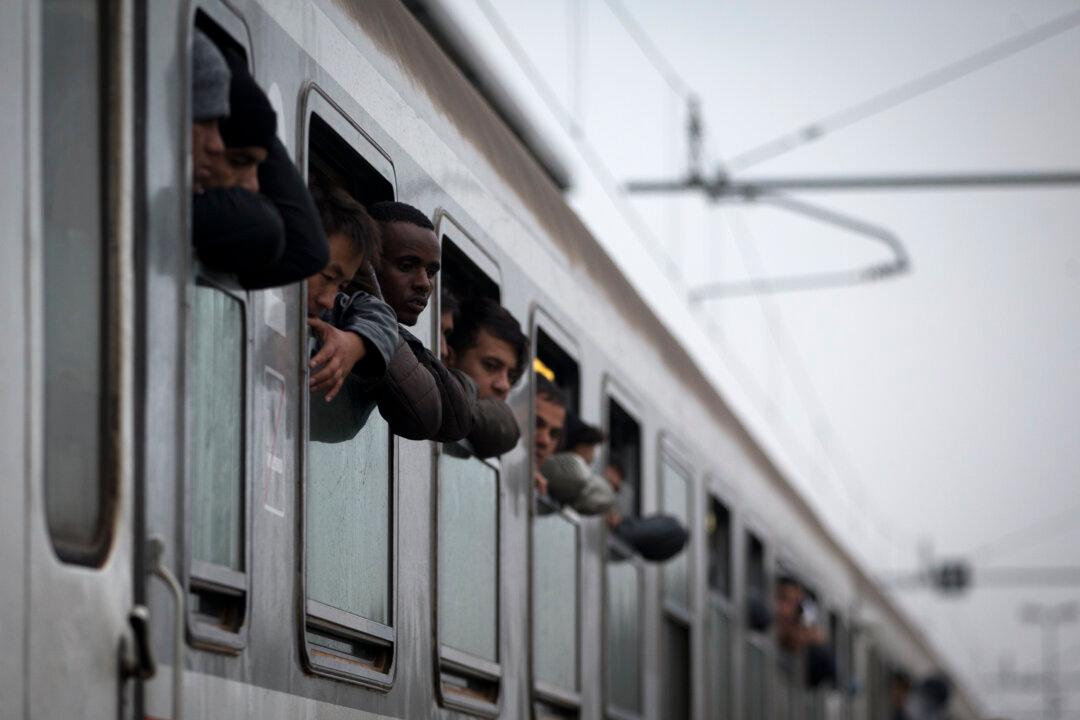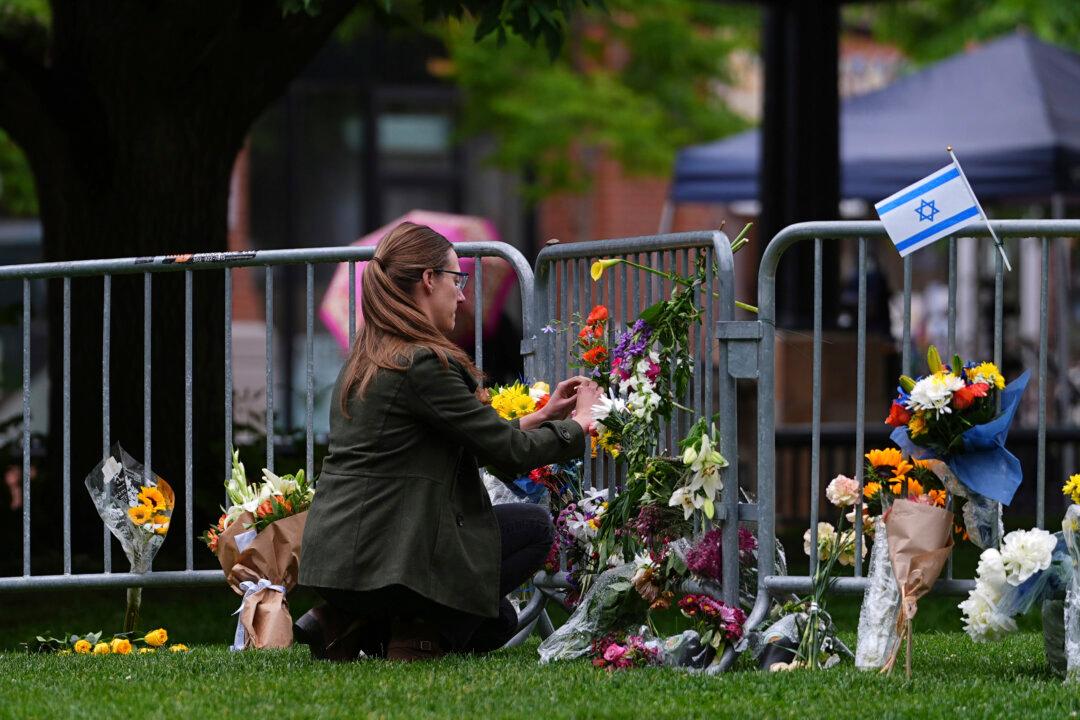VIENNA—Austria, a strong critic of fences built to cope with Europe’s migrant influx, on Wednesday announced it is joining other nations that have either already erected border barriers or are planning to do so.
Austrian Interior Minister Johanna Mikl-Leitner insisted the move was aimed solely at bringing order to the unrelenting influx of people entering the country, telling parliament there were no plans “to build a fence around Austria.”
Still the project is a major shift for the country, which has preached the sanctity of unimpeded internal EU borders since the migrant crisis intensified earlier this year.
It is likely to run into domestic and international criticism for the signal it sends to other nations struggling to cope with tens of thousands of desperate people moving though their nations. And it could ignite a chain reaction along the land route in Eastern Europe used by those seeking a better life in prosperous European Union nations.
Slovenia, the main entry point into Austria, also said it was ready to build a fence, while Hungary has been championing the success of its razor-wire border fences with Serbia and Croatia and plans another one with Romania.
Greece already erected a barbed wire fence three years ago on a section of its border with Turkey not separated by a river. Bulgaria also has fenced off parts of its boundary to Turkey, while some Baltic states plan to erect fences on border segments with Russia.
But all of these existing or planned fences are either on outer EU borders or between two EU countries where one is not yet part of the Schengen Agreement meant to ensure the free movement of persons.
The Austria-Slovenia border is part of the agreement, however, and any barriers erected on it would be closely watched for possible violations.





